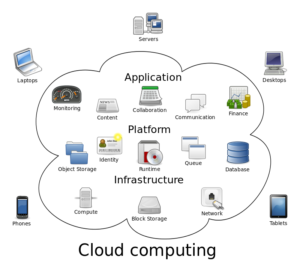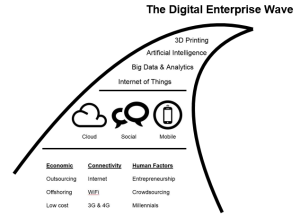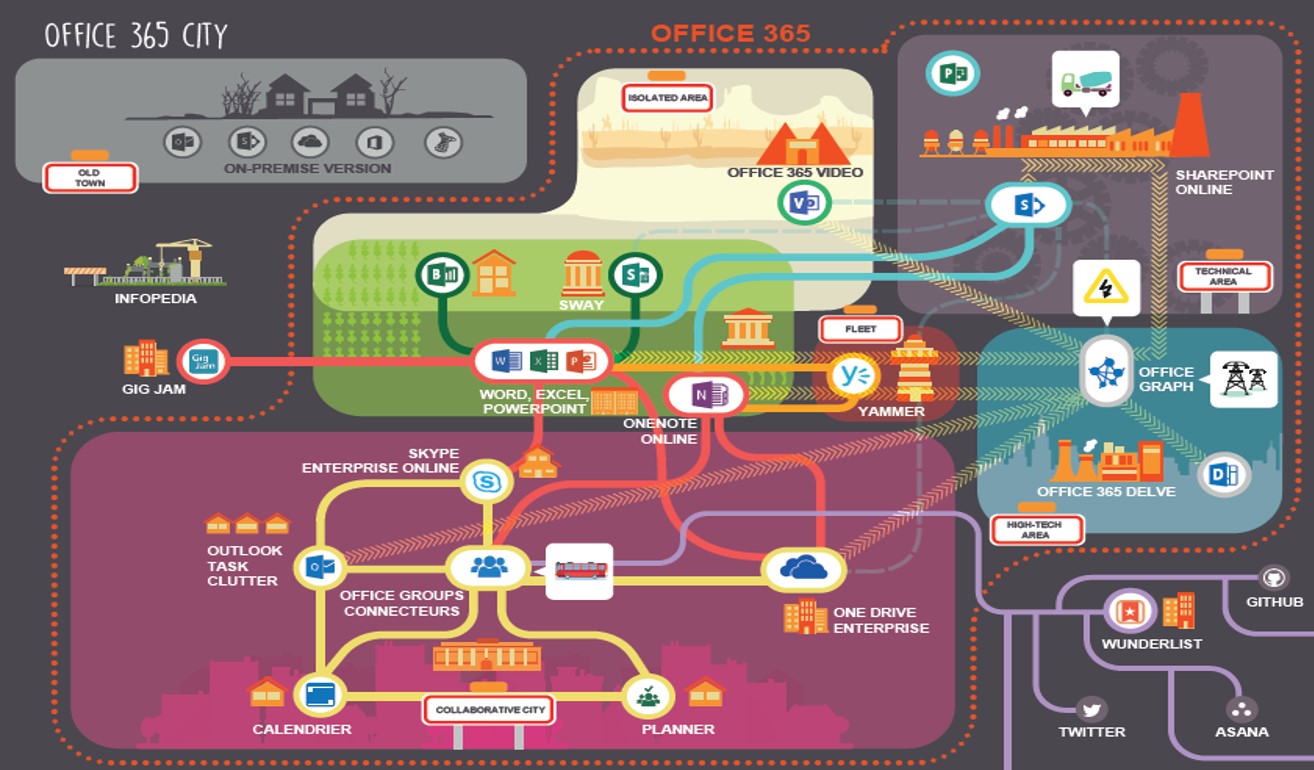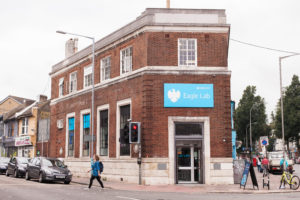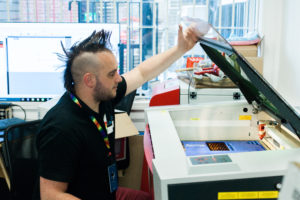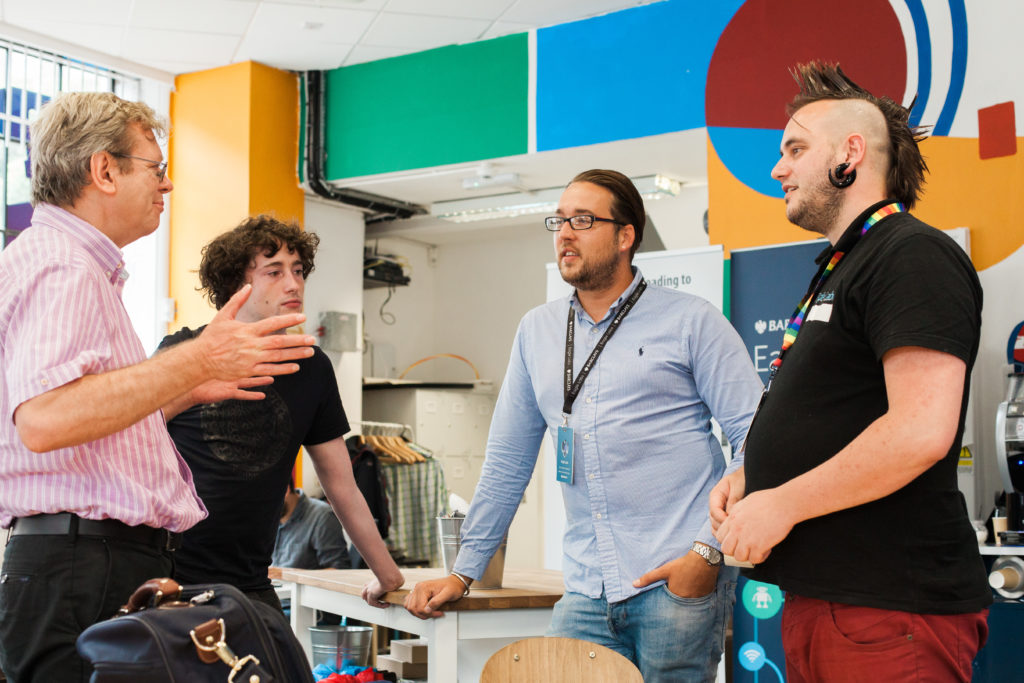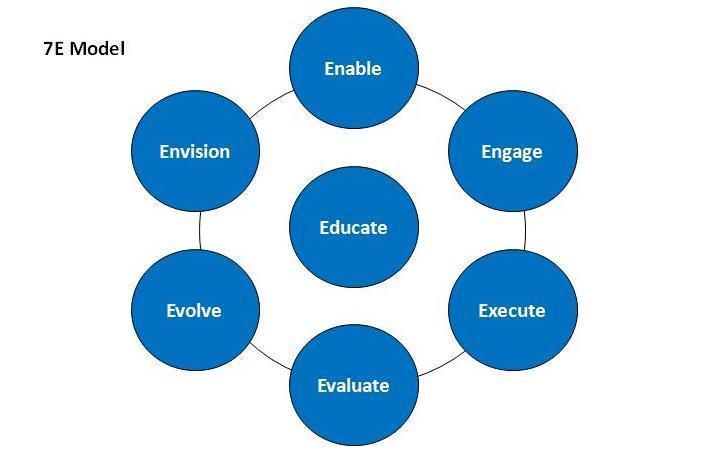This is a shortened version of a post I wrote for our friends at Kahootz.
We believe a properly implemented company collaboration platform (or enterprise social network) is one of the key building blocks for an organisation to adapt to the fast changing business landscape and handle digital transformation more effectively. Why is collaboration so important? Why don’t we take some advice from Steve Jobs and his time with Apple, one of the most successful companies in the world? Watch Steve being interviewed for a few minutes and you get some great lessons on collaboration, teamwork, and real leadership that you can apply to your organisation:
What are Steve’s messages?
- “Apple is an incredibly collaborative company”
- How many committees at Apple? Zero! (think teams instead)
- Apple is organised like a startup, the biggest startup on the planet
- The senior leadership all meet once a week for 3 hours and talk about everything they are doing
- “There’s tremendous teamwork at the top of the company which filters down to tremendous teamwork throughout the company”
- “Teamwork is dependent on trusting the other folks to come through with their part without watching them all the time”
- Apple is great at figuring out how to divide things up in to great teams
- “If you want to hire great people and have them stay working for you have to let them make a lot of decisions, and you have to be run by ideas, not hierarchy – the best ideas have to win, otherwise people don’t stay!”
All of our research backs up these great ideas. Steve’s advice maps in to the Team of Teams approach that we highly recommend. The organisations that manage to connect all of their workers across their information silos work more effectively. The organisations that harness their people’s knowledge and collective intelligence generate more revenue, more profits and are worth more. But how do you put that in to practice?
Go over to Kahootz for the long version to hear how to put that in to practice, what can go wrong (and how to fix it).
If you want help on how to make your collaboration platform and approach more successful, or advice on choosing a platform and how to start, then please contact us.


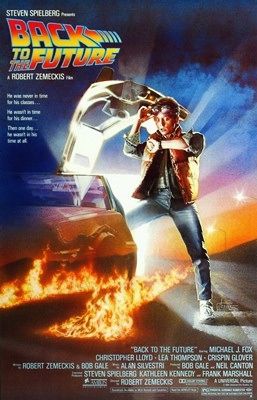



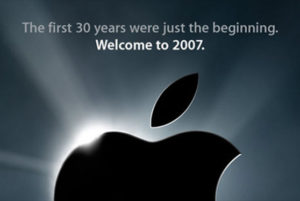
 I mentioned above that I
I mentioned above that I 
